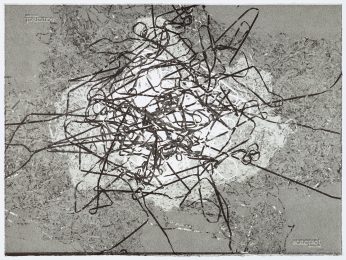

Forests have held significant meaning in art across various cultures and historical periods. As a subject and symbol, forests evoke a wide range of emotions and convey various themes and concepts.
Natural Beauty and Aesthetics: Forests are often depicted in art for their sheer beauty and visual appeal. Artists capture the lush greenery, vibrant colours, and the play of light and shadow within the dense foliage. Forest scenes can be serene, calming, and visually captivating, inviting viewers to immerse themselves in the wonders of nature.
Symbol of Nature: Forests symbolise the untamed and wild aspects of nature. As such, they represent the natural world, untouched by human influence. They serve as a reminder of the importance of preserving and protecting the environment and the need for harmony between humans and nature.
Allegorical Meanings: Forests can take on allegorical meanings in art, representing various themes such as mystery, darkness, and the unknown. Forests can be seen as metaphorical realms of transformation, where characters in stories or myths undergo personal growth and challenges.
Spirituality and Mythology: In many cultures, forests have held spiritual significance and have been associated with mystical or magical elements. In mythology, forests often serve as the dwelling places of deities, spirits, or creatures. As a result, they can represent a connection to the divine or the supernatural.
Psychological Symbolism: Forests have been used to explore human emotions and psychology in art. A dense, foreboding forest might symbolise feelings of fear, uncertainty, or loneliness. Conversely, an inviting, sunlit forest could represent hope, renewal, and optimism.
Romanticism and Nostalgia: During the Romantic era, forests were frequently portrayed as places of solace and introspection. Artists tapped into the sentimentality associated with nature, presenting forests as idyllic retreats from the industrialised world. These portrayals often evoke feelings of nostalgia and a yearning for a simpler, more natural existence.
Journey and Exploration: Forests have been depicted in art as the settings for adventures and explorations. They can represent the unknown, inviting viewers to embark on a journey of discovery and self-reflection.
Environmental Awareness: In contemporary art, forests continue to hold significance as symbols of environmental awareness and activism. Artists may use forest imagery to highlight issues such as deforestation, habitat destruction, and the need for ecological conservation.